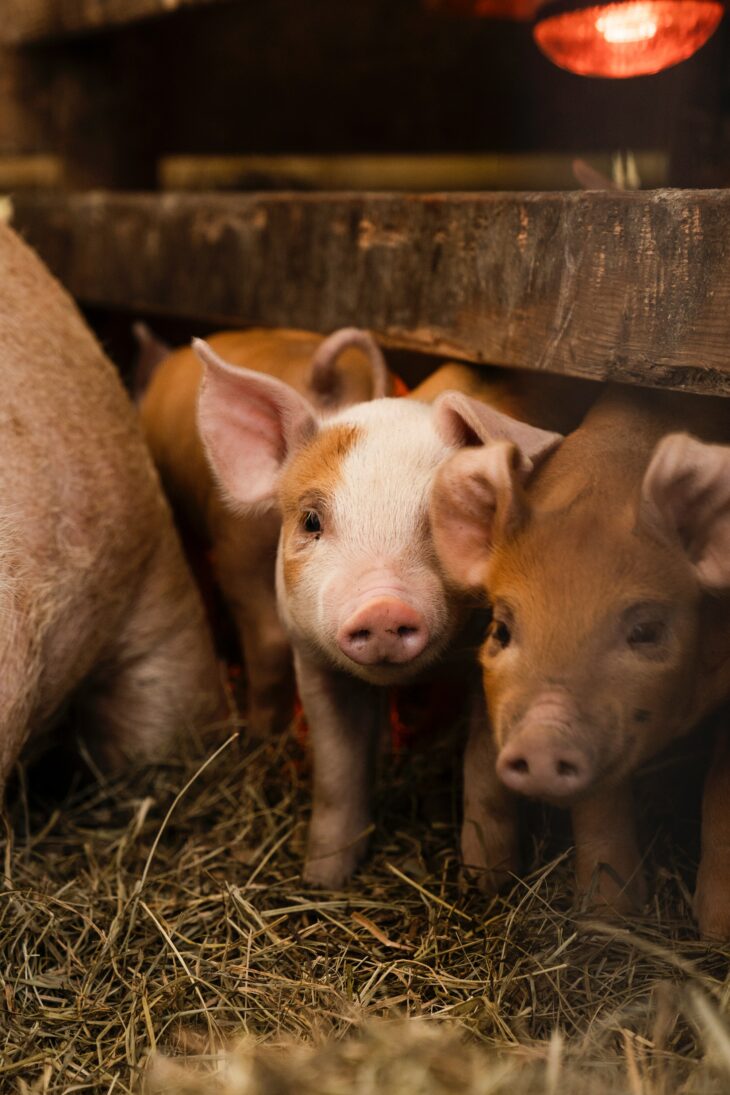Researchers led by Liangxue Lai at the Guangzhou Institutes of Biomedicine and Health in China recently increased the time human stem cells can survive in animal embryos. The team is undertaking a 5-year project to grow human organs that can be transplanted into patients without waiting for a donor. So far, no scientists have successfully grown an organ with 100% human cells inside an animal embryo.
Lai’s team injected human stem cells into pig embryos because pigs are similar to humans in physiology and how their embryos develop. They deactivated genes inside the pig embryos that allowed them to develop their own organs so the human stem cells would supplant the pigs’ cells while the organs were growing.
The team also treated the embryos with small amounts of an antibiotic called doxycycline so they could control which of the stem cells’ genes were activated. They explained this antibiotic caused the stem cells to activate genes that would help them survive the stress of being injected into the embryos, increasing their likelihood of growing into complete organs.
Lai hypothesized that a human stem cell transferred into a pig embryo would develop and reproduce over time, forming a human-compatible organ. Lai’s team is using this method to try to grow kidneys since kidneys are some of the most frequently transplanted organs worldwide and some of the first organs formed by human embryos during development.
The scientists gathered nearly 2000 pig embryos and implanted them in 13 surrogate pigs. After about 20 days, the embryos began to develop kidneys. Once the kidneys had sufficiently grown, the scientists terminated each pig’s pregnancy and removed the embryos to examine how many human stem cells they contained.
They removed some of the embryos after 25 days of development, and others after 28 days. They timed the removal to reduce the risk of the embryos experiencing extensive cell death, a process called degeneration. The scientists explained the risk of the cells degenerating was highest after around 30 days, so they removed the embryos shortly before then.
Despite their precautions, very few of the embryos survived. The researchers successfully retrieved only 9 embryos from the surrogates, including 6 collected after 25 days and 3 collected after 28 days. They found 4 of the embryos collected after 25 days had already begun experiencing cell death and impaired development, so only 5 were viable for further testing.
The researchers used a genetic fingerprinting method called polymerase chain reaction, or PCR for short, to test whether each surviving embryo had gene sequences found in human cells. They found that all 5 embryos contained human gene sequences. They performed PCR a second time to look for sequences of a specific type of DNA found in all human cells, called mitochondrial DNA. They used this method to determine what portion of the developed kidneys were composed of human versus pig cells.
If the researchers found human cells in the embryos, they stained them to test whether the cells had begun forming other organs besides kidneys. The researchers explained they didn’t want the human cells to grow into other parts of the animal embryo, like its heart or central nervous system.
The scientists found all 5 pig embryos had developed kidneys with 50-60% of their cells derived from humans. They suggested this meant the cells could have developed into a full human kidney after longer gestation periods. However, they also found none of the kidneys grown during the experiment were compatible with humans. Moreover, they detected human cells in the embryo’s liver, heart, and central nervous system.
The scientists concluded that growing human kidney cells inside a pig embryo was possible, but several issues remain. For example, they still don’t understand why the embryonic cells died early, and whether cell degeneration could be avoided in future experiments or is an unavoidable risk. They also don’t know how to prevent the human cells from growing organs besides kidneys, but they suggested deactivating other genes in the stem cells could stop this from happening. Regardless, Lai’s team proposed similar procedures could someday be used to grow human-compatible kidneys and other organs for transplant.


